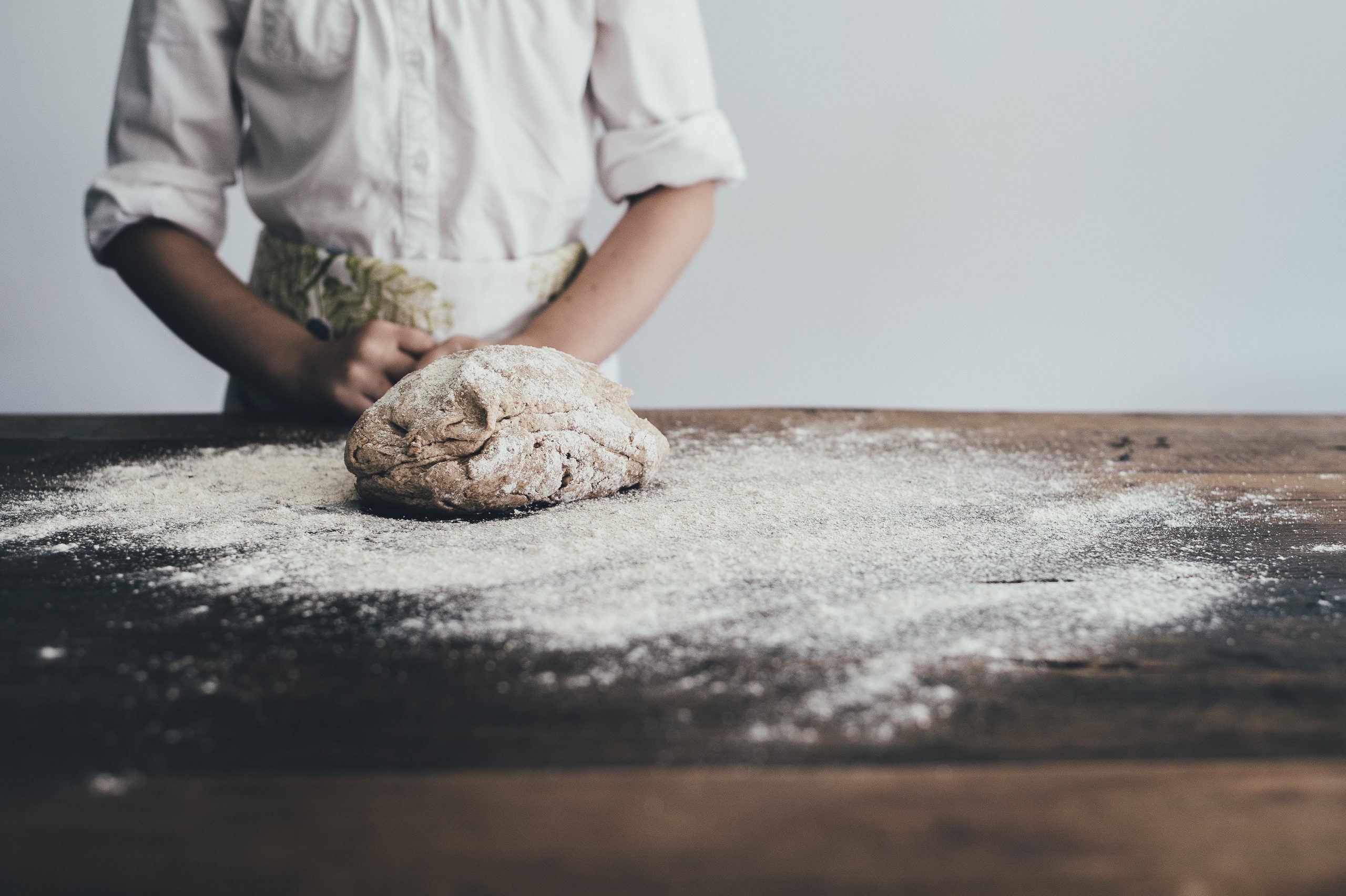
My school coat was made of Harris Tweed. This is not relevant to anything, except that the other day I came across a wine with Harris Tweed tannins. They were good – brisk, slightly scratchy, but refreshing. Are we moving away from the idea that all tannins must be silky or velvety? If so, bring it on. There are more fabrics in the world than that, and more textures, too.
But what is texture in wine? Is it just about tannins? Or sugar? Or alcohol? For Dirk Niepoort, it’s about picking early. ‘Picking early gives texture. Acidity is more important than alcohol. Acidity is part of texture. Acidity is texture.’ He doesn’t do lees-stirring because ‘you only do that if you have weak wines. It was developed to impress the journalists. Wines taste better when they’re young but they don’t age.’
For most of us, though, acidity is about flavour. Is it possible to disentangle texture from flavour? When I describe acidity as raw or soft, am I simply describing flavour – acidity that tastes more acid or less acid? Alex Hunt of Berkmann Wine Cellars thinks ‘it’s pretty much essential to separate texture from flavour because if you don’t you reduce it all to undifferentiated “taste”; but that’s easier said than done.’ For texture, let’s think of food, and in particular, fish: the difference between plaice and turbot is a difference of texture. They don’t taste that different. And just as you’ll pay an extra £35 a kilo or so for the texture of turbot, so lifting wine above the merely wet gives it more interest; something to carry the flavour through the palate.
Because that’s what texture does, I suggest: functionally speaking; it gives the flavour something to hang on to. Wines can have more subtle flavours – think of wild yeast fermentations – if they have good texture. They don’t need to shout. ‘Pinot Grigio’, says Hunt. ‘The difference between ordinary and good Pinot Grigio is a difference of texture as much as of flavour. You’re not looking for more flavour intensity.’
A wine with no texture – just wet, simple and disappearing – has no interest. Hunt points to the sort of watery Sauvignon Blanc with no texture: ‘it relies on pungency because otherwise it would be neutral’. And ‘detailed’ – that’s a word I use quite a lot for wines of precision, where one flavour or sensation follows another, each one in its place. It’s about texture, and how that texture defines the flavours. But too much texture can get in the way of flavour, too: think of the concrete tannins one used to find in young Barolo; you had to climb over them to reach the flavour. Or an over-extracted warm-climate red, with too much of everything and certainly not enough of Niepoort’s acidity: it feels like bathing in glue.
Hunt points to Chardonnay as a wine which ‘operates at the point of maximum intersection between flavour and texture,…



